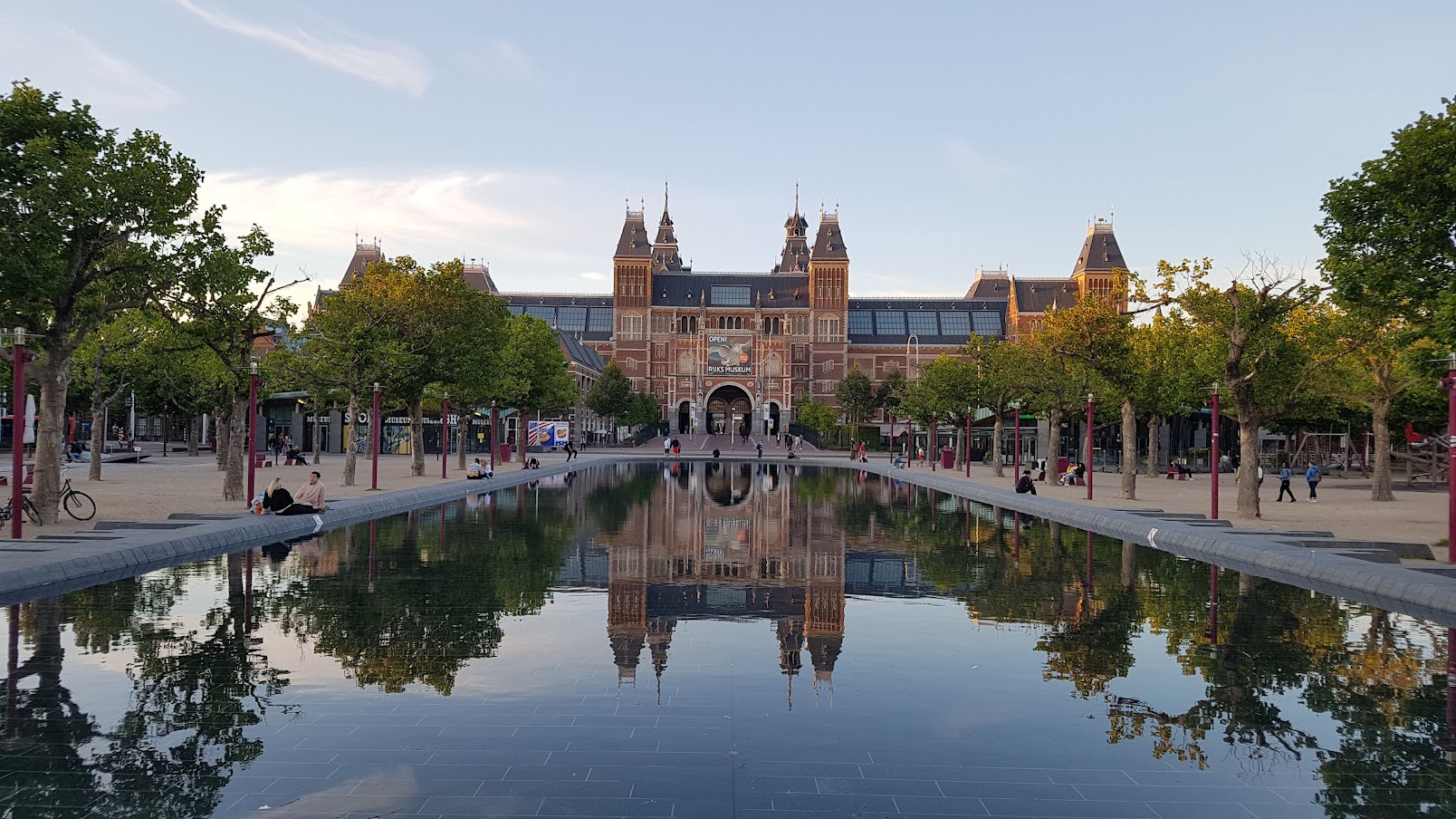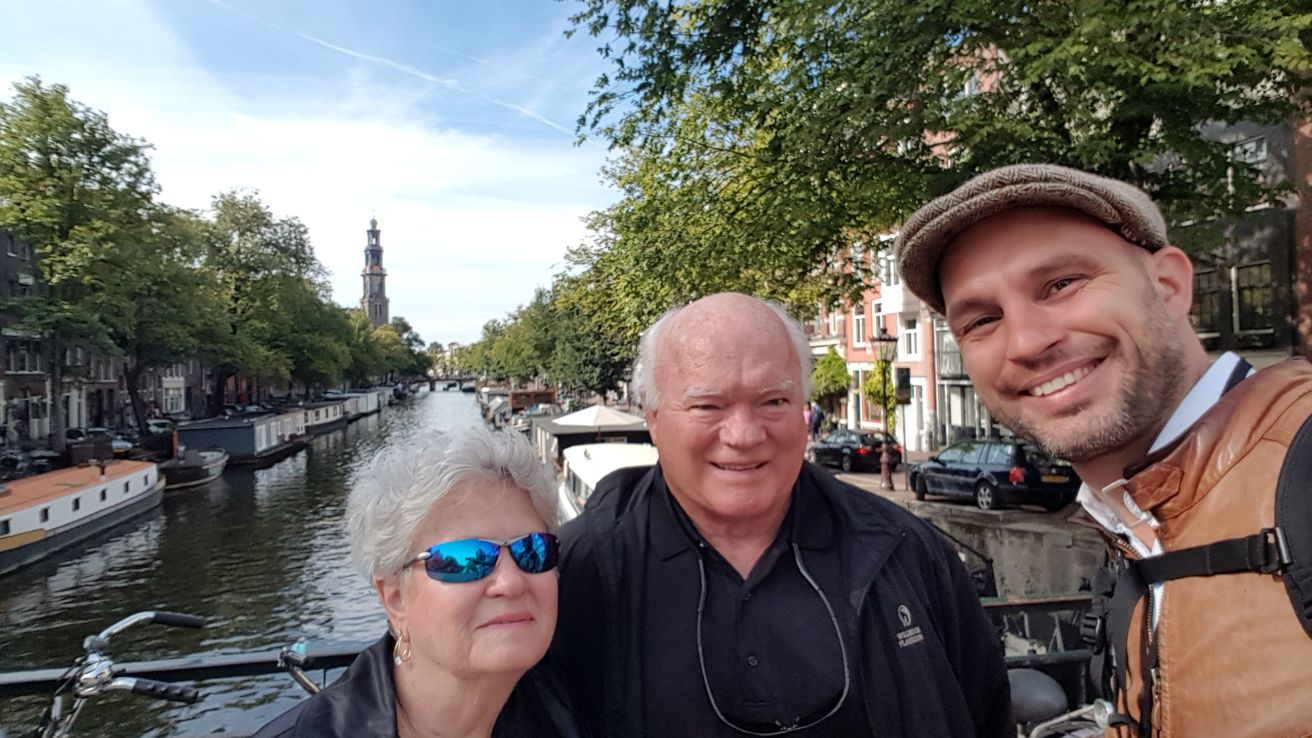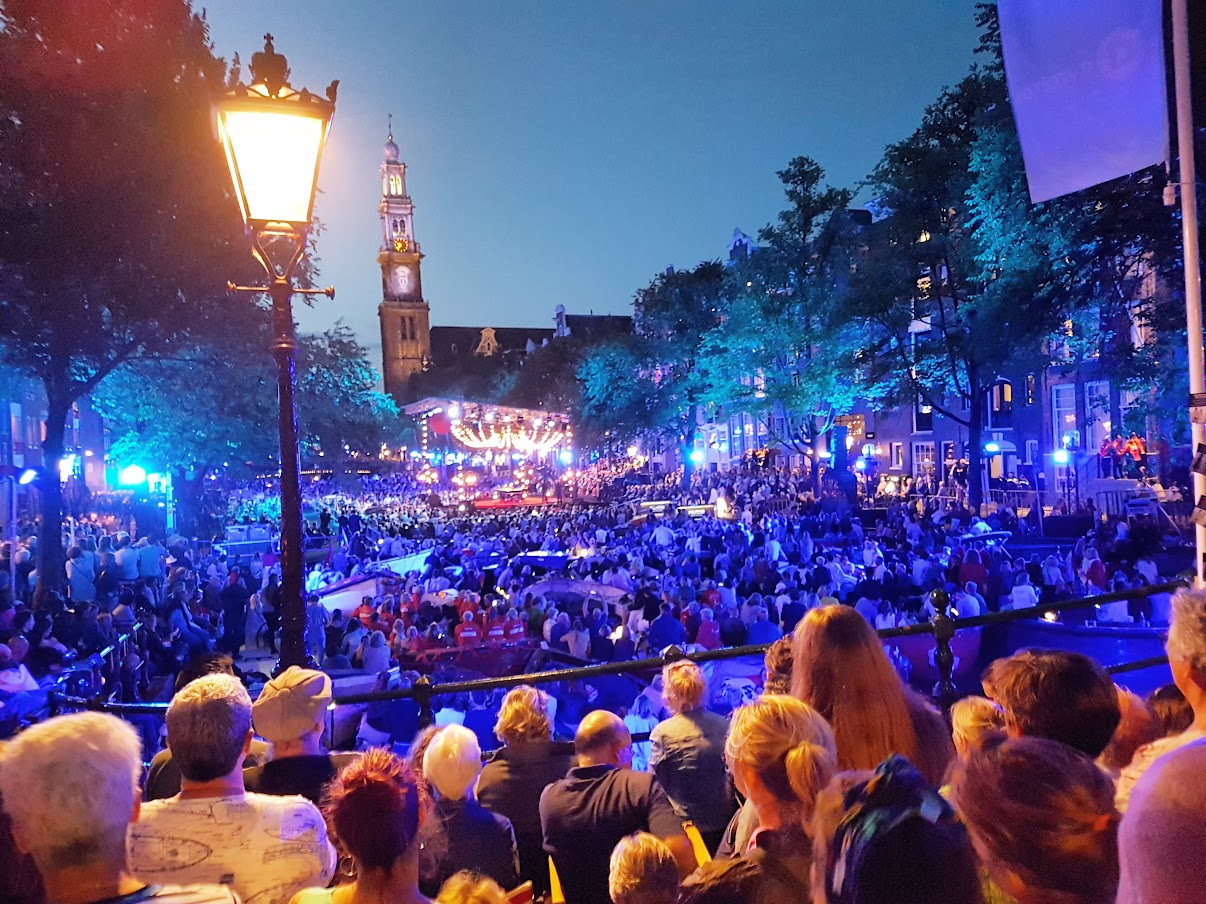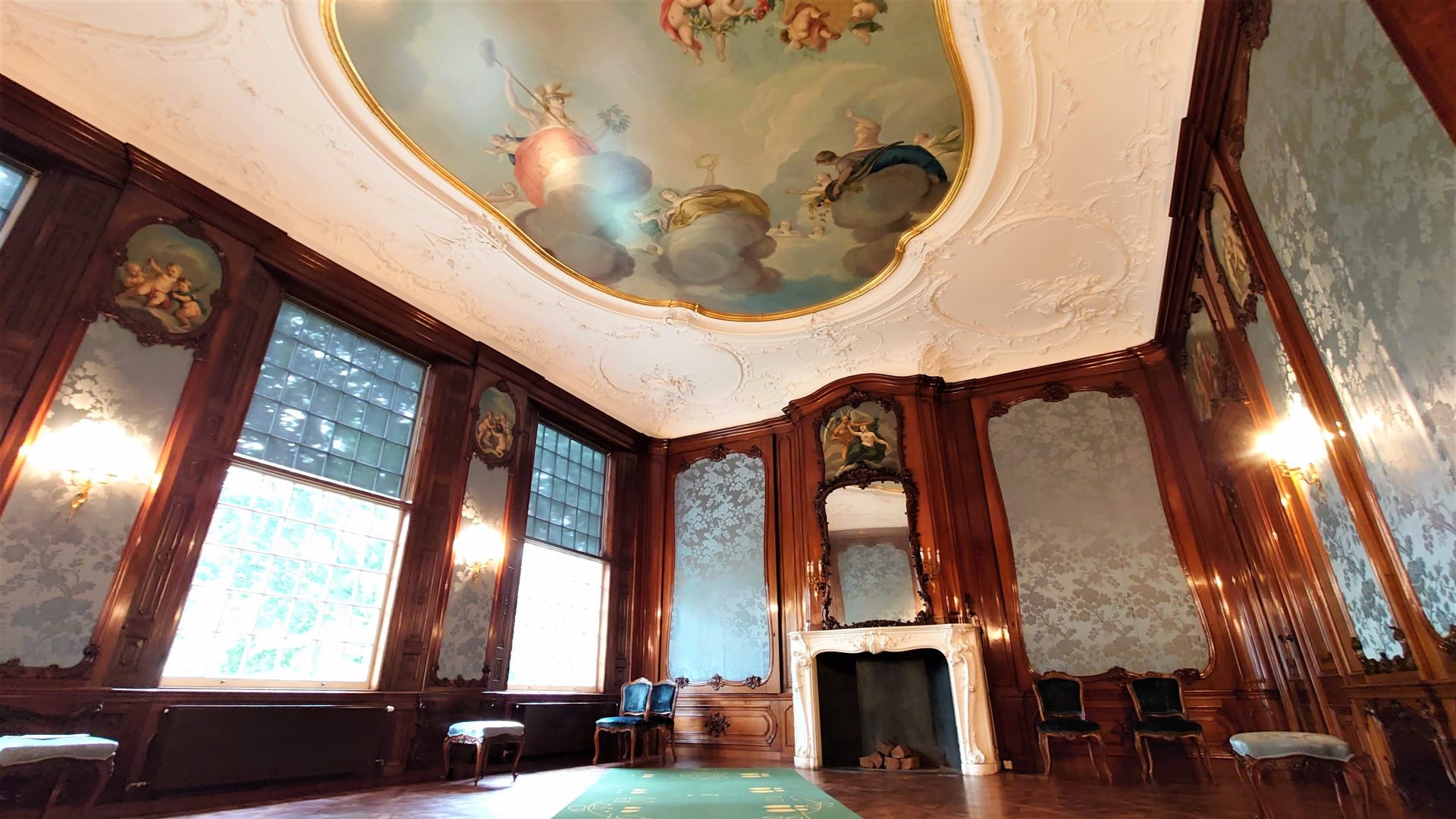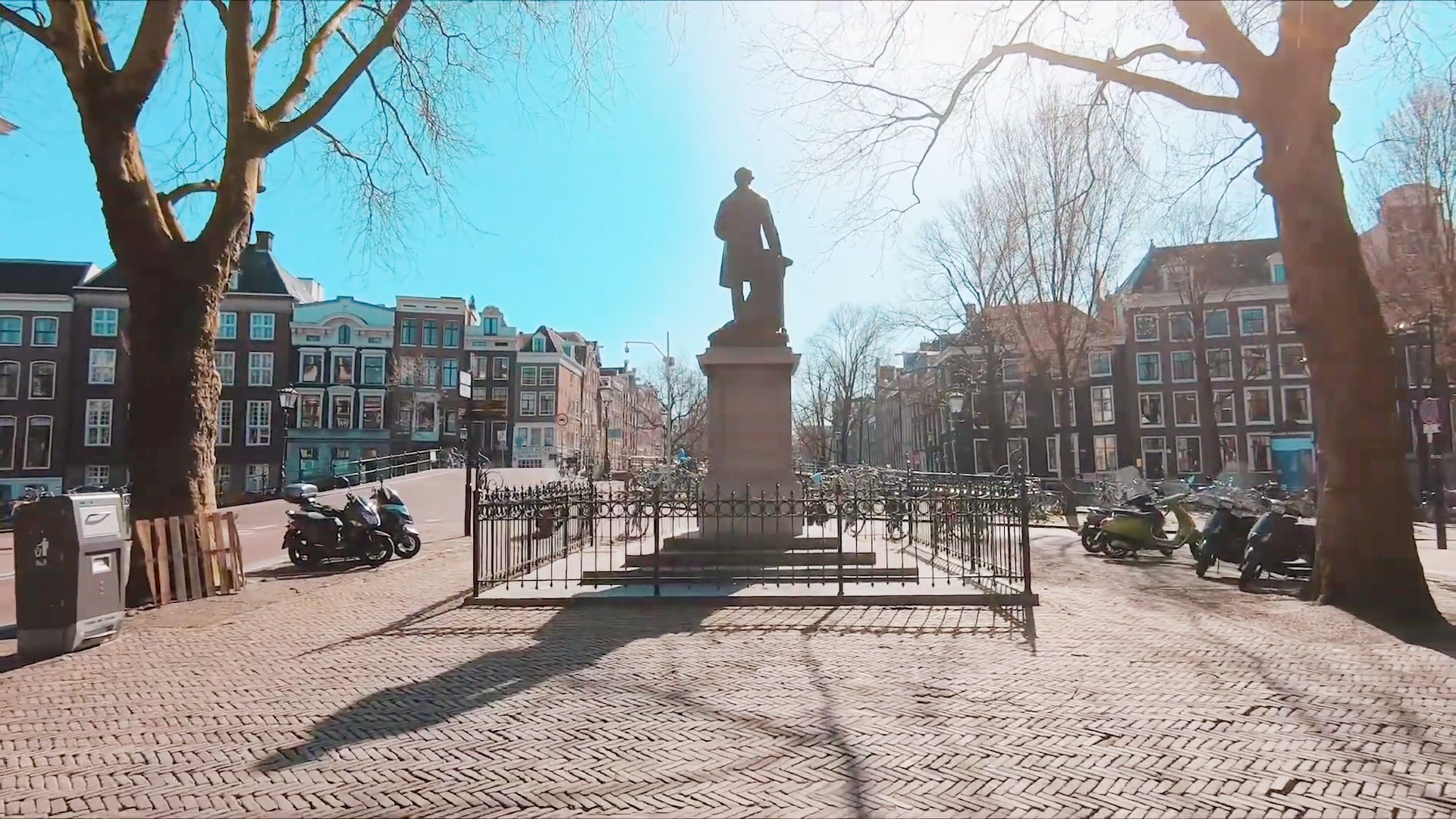The first document mentioning Amsterdam – dated 1275 – marks the end of the pre-historical unwritten story of the city. How did Amsterdam look, just before this so called birth certificate was written?
The first Amsterdammer?
Right inside the Oude Kerk, three meters below the surface lie the remains of a man. At first sight nothing special you may think. The floor of this oldest building in Amsterdam is filled with tombstones. This burial place is special though. The body of a man in his mid 30s dates back from between 1150 and 1215. Half a century before the oldest documents mentioning the city were written. Is this the first Amsterdammer? Let’s go back to the birth of Amsterdam.

As previously mentioned in our blog about pre-historical Amsterdam, a major flood in 1170 had a tremendous impact on the place we now call Amsterdam. Dwellers of the upstream Amstel (later Oudekerk aan de Amstel) and Nieuwerkerk aan de Amstel (later Amstelveen) saw the potential of the mouth of the river as a harbour. When exactly the first people settled here is still unknown, but the man buried in the Oude Kerk may be one of them. The present church – strategically located on a higher ground near the river – was built a lot later though.
The first streets
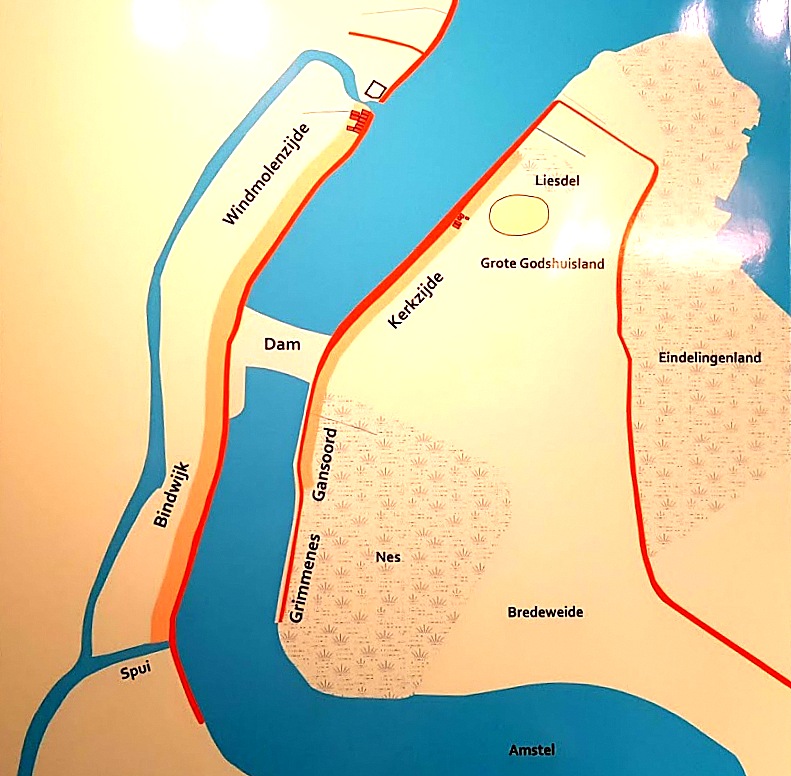
Both banks of the river may have developed as dikes around the same time, just before construction of the Dam began. These dikes now form the oldest streets of Amsterdam. Nieuwedijk (Windmolenzijde) and Kalverstraat (Bindwijk) on the West bank and Warmoesstraat (Kerkzijde) and Nes (Gansoord/Grimmenes) on the East bank of the Amstel river, centered by the Dam. These slightly higher positioned streets gave security for the first Amsterdammers.
These first inhabitants were no longer farmers like in the older Amstel settlements upstream. Around the Dam mostly fishermen and craftsmen found their home. We know this thanks to excavations revealing a blacksmith, a shoemaker and a lot of fishing attributes. These findings suggest a diverse community on a strategic location. Who would not want to rule over it?
Who’s the boss?
Unlike England, France or Germany, the Netherlands does not have a rich tradition of kingdoms and castles. in the 1200s the area we now know as The Netherlands was part of the Holy Empire – later called Holy Roman Empire. The emperor however was far away, so his power was delegated to local rulers. The land around the river Amstel fell to the bishop of Utrecht. A bit more westward the Count of Holland ruled over the coastal area of today’s North and South Holland.
The Bishop of Utrecht in his place had delegated the rule over the Amstel territories to the so-called ‘Heeren van Amstel’ – the Lords of Amstel. This influential dynasty grew in power and slowly became a third power between the Count of Holland and the Bishop of Utrecht. It is probably Gijsbrecht IV van Amstel who ordered the construction of the Dam in the Amstel around 1270, connecting the four streets mentioned earlier and changing the rivermouth into a small harbour. With the hamlet around the Dam grew the importance of this now noble dynasty. More about the illustrious Lords of Amstel in a later blog.
Amsterdam’s birth certificate
Floris V, the Count of Holland, must have recognized the importance of this young harbour, technically under rule of the Bishop of Utrecht. It is his name and seal on the oldest document mentioning Amsterdam. With the Dam the Amstel became a strategic waterway linking the Holland waters. Floris V therefore gave ‘The people living around the Amstel dam’ an exemption for paying toll in the Holland waters. ‘Homines matentes apud Amestelledamme’. This so-called toll privilege dates October 27, 1275 and is therefore known as the birth certificate of Amsterdam.

Every year on October 27 the City’s Archives opens the vault and displays its most important item, the 1275 Toll Privilege. Have a cake: Happy birthday Amsterdam!
This toll privilege must have given a boost in trade to and from its harbour. The remains of this first harbour are still visible: the Central Station now blocks the rivermouth and along the Damrak you can walk towards de Dam. The historical centre of Amsterdam.
Site City’s archives: http://stadsarchief.amsterdam.nl/
Site Old Church: https://oudekerk.nl/en/
More Medieval Amsterdam: https://historicalamsterdamtours.com/medieval

